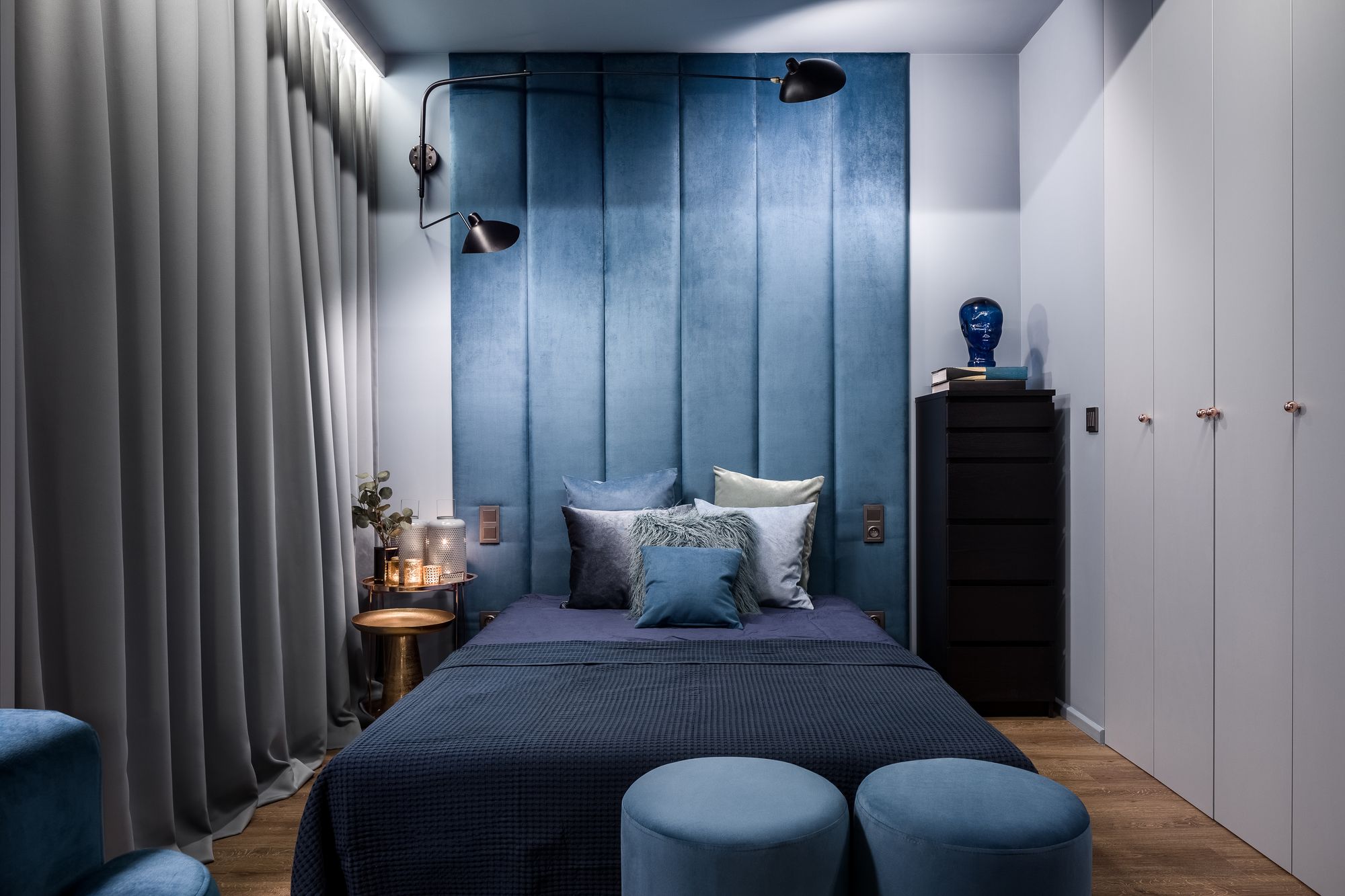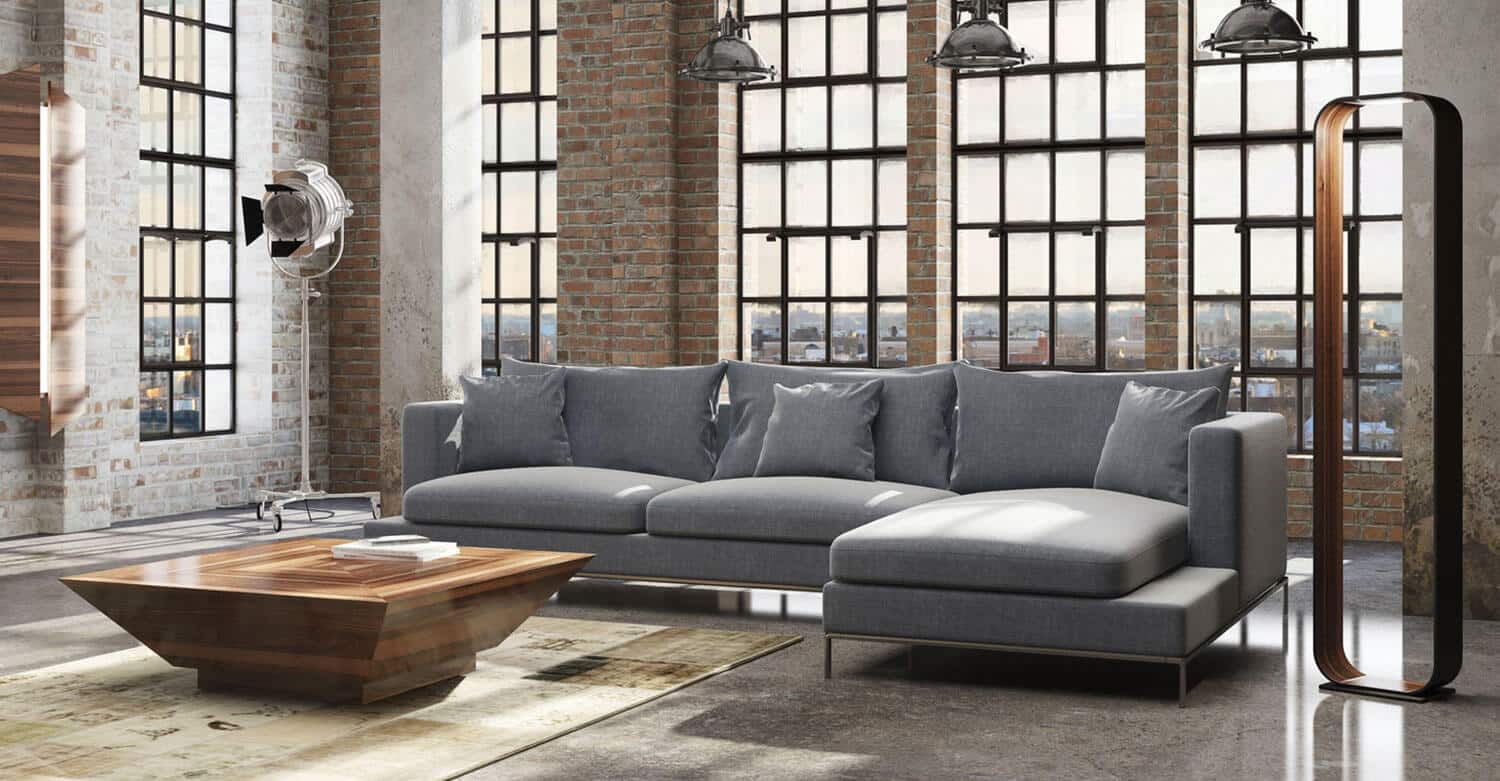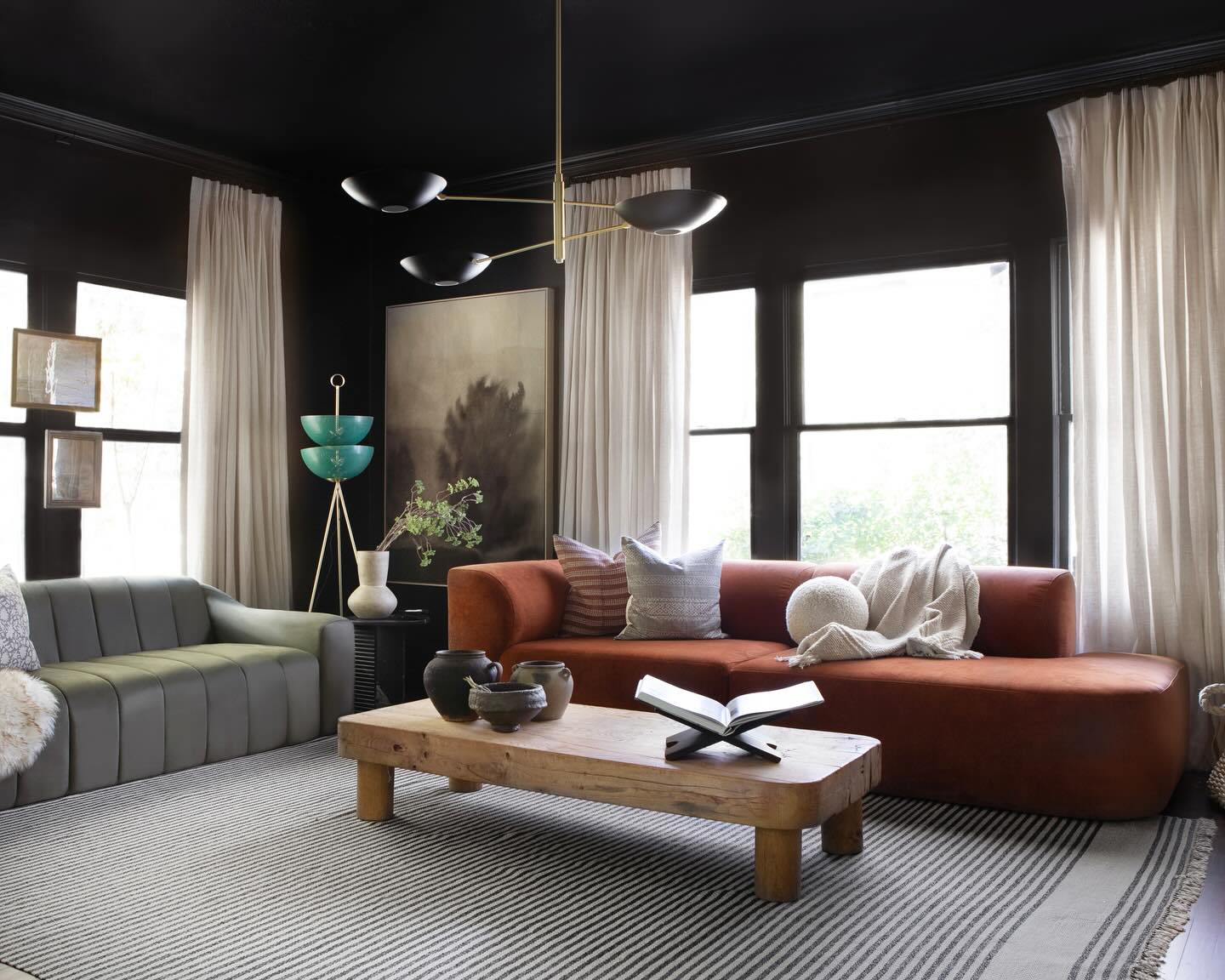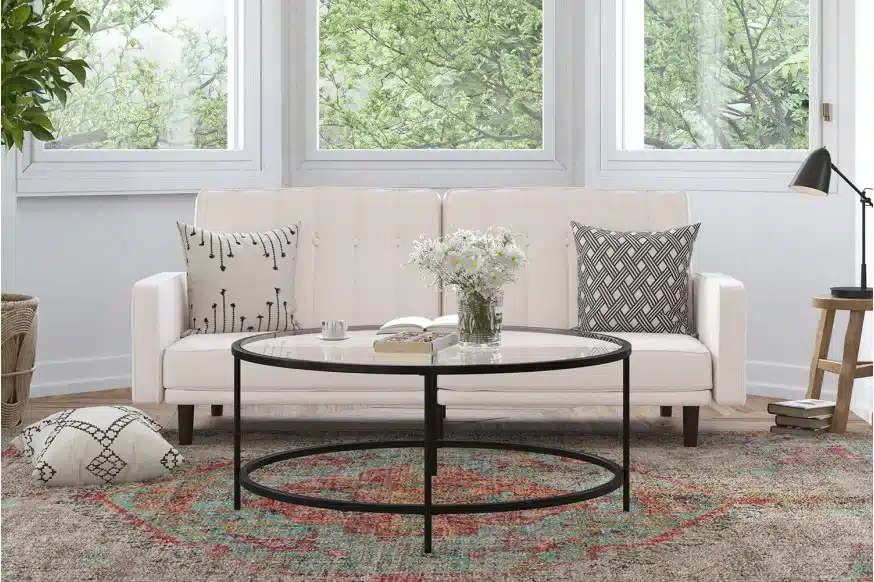Almost every year people come up with more and more options of window curtains, shades, rollers, and other window treatment accessories.
For a harmonious and complete interior, every detail counts. Windows are an important element in any room, as they are a source of natural light, and therefore the decor on the windows plays an important role. In the article Materials for window curtains you can find out what materials are used to make curtains, but for now let’s figure out what types of curtains exist, how they differ, and how to choose them.
If earlier the main function of window curtains was protection from direct sunlight and drafts, now the decorative value has been added to this. There are several options for each room that will not only decorate it but also help regulate the level of illumination of the room.
CLASSIC WINDOW CURTAINS
The most familiar type for the eye. Most often, this is a loose, translucent fabric that simply hangs from the cornice, without drapery or additional elements. This curtain is made of various materials, a universal option for most rooms. There are only two main drawbacks: soiling (since often classic curtains hang to the floor and collect dust and wool) and excessive simplicity of design. The second drawback is fully compensated by the abundance of materials and colors, although such a curtain may still be too primitive for an elegant baroque style or restrained hi-tech. It can have discreet eyelets in neutral colors, looks great both straightened and fixed with grabs against the wall. It goes well with additional decor like lambrequins.
JAPANESE (AKA NOREN) CURTAINS
Ideal for lovers of simplicity. They look like a flat canvas, fixed on a light frame, there are often weights at the bottom so that the curtain lies more evenly. They are attached to the cornice on a rail mechanism. Such panels are often painted with simple oriental ornaments or discreet patterns. Translucent options are common, since many Japanese curtains do not open, but represent a flat panel that statically closes the window. They are very susceptible to physical effects since they are made of thin and rather fragile matter. An excellent and laconic option for rooms in oriental style, minimalism, Bauhaus, and so on. It is better to choose such curtains from practical materials since there is often no easy way to remove the fabric from the frame and wash it.
ROMAN SHADES
In the expanded form, they are very similar to Japanese curtains – often they are the same rectangles, separated by slats. The difference lies in the material (Roman ones are often made of a denser fabric) and in dynamics: unlike Japanese curtains, this variety rises up, thanks to the slats fixed across the entire length, evenly collecting the fabric into identical folds. Because of this feature, it is better to choose Roman shades made of wear-resistant fabric so that they are not damaged by constant friction. A universal option for most modern interiors. They are both translucent and absolutely not transmitting light.
AUSTRIAN CURTAINS
The design of Austrian curtains is based on approximately the same mechanism as in Roman ones: when they are lifted, they gather into folds at the cornice. The difference lies in a more ceremonial appearance: the Austrian variety is folded into decorative scallops at the lower edge. Often they are opened halfway so that the hem is in the middle of the window, this adds grace and complexity to the interior. Most often these are several panels, which are separated by fabric bands and move synchronously. They are made from almost all available materials: there are both transparent tulle and denser options on sale.
ENGLISH CURTAINS
They are very similar to the previous two types in design, however, they are more often a decorative option, since their edges are gathered in folds and are statically held in a raised position. Often, such curtains are additionally decorated with lambrequins, non-functional grabs, or ruffles. They are made of fabrics with simple but effective patterns – a cage, a small ornament. Looks good in interiors in the Baroque, Empire, Art Deco styles. Not very appropriate in rooms with a minimalist and austere design.
ROLLER SHADES
An excellent solution for simple and discreet interiors. They look like a flat canvas, which rolls up into a roll as it rises. They are made of polyester, often with the addition of natural flax or silk threads. Many manufacturers attach a weight to the bottom edge to avoid wrinkles. The most popular colors are usually plain or with soft patterns, perfectly complement a high-tech living room or a strict kitchen.
ITALIAN CURTAINS
Italian curtains are fabric cuts that are statically attached to the rod. In order to open them, the lower inner corners are attached to the wall with grabs, magnets, or on a special hook. They combine simplicity and graceful drapery. One of the most popular options nowadays. They are appropriate both in simple designs and in more sophisticated ones due to the variety of fabrics. Often made of transparent fabric, denser functional curtains are attached on top. They are made from almost all available materials: from linen to silk. They can be either monochromatic or with a wide variety of patterns, ornaments, and patterns. A great option for both windows and doorways.
FRENCH CURTAINS
The French curtain resembles an Austrian one, but the decorative fold is gathered not only at the hem but also along the entire length. They consist of several sections, more often light and translucent material is used for manufacturing: silk, tulle, organza, and so on. Almost all options for additional decor, throws, and ruffles look great with them. They look weightless and graceful, so they fit perfectly into complex designs. Usually monochromatic, however, they are also found with small, non-contrasting patterns. They are an excellent addition to almost any interior, except intentionally simplified ones: from luxurious Versailles to discreet Scandinavian ones.
BLINDS
It has long been familiar to everyone: strips of plastic or fabric on the frame, fixed parallel to each other. An excellent solution for an office or office, they look simple, but they perfectly perform the function of protection from light. They are made in a variety of colors and materials, but the most common type is white plastic or aluminum strips of the same thickness. For home interiors, bamboo or fabric blinds are more suitable. A popular variety is one in which a single pattern or vertical pattern is visible in a fully unfolded state. They almost do not protect from drafts, therefore, a fabric curtain is often located on top, which allows you to better regulate the illumination of the room. When made of wood, they are an excellent complement to the interior in the “country” style. Other varieties will look great both in the kitchen and in the bedroom.
FILAMENT CURTAINS
Most often they are made of muslin and, thanks to a huge selection of colors and shapes, they perfectly fit into most modern interiors. They do not protect from the sun, but they scatter light well, therefore, in addition to them, a thick curtain or curtain is often hung. Looks good both on the window and in the doorway. Gather on the sides with grabs or braids. The main disadvantage is the necessary care in handling: made of too thin material, the threads can easily get tangled. In the house in which cats live, they can be quickly destroyed. For the same reason, they are not recommended for children’s rooms.



